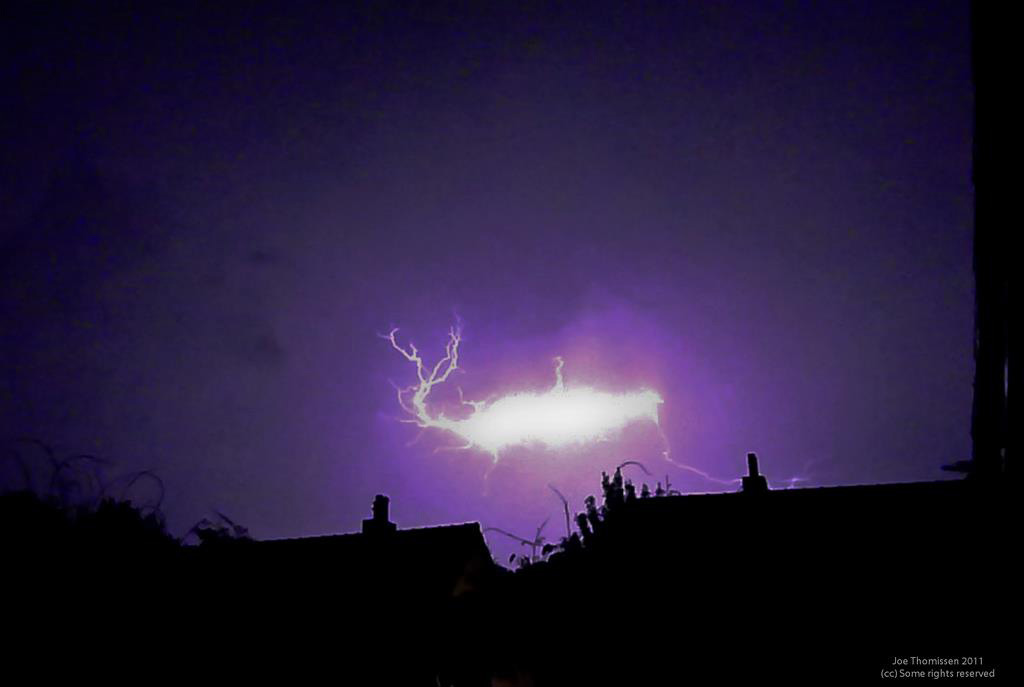Great balls of lightning! Image: Joe Thomissen
Sightings of balls of lightning have been made for centuries around the world – usually the size of a grapefruit and lasting up to twenty seconds – but no explanation of how it occurs has been universally accepted by science. Even more mysterious are sightings of balls of lightning forming on glass and appearing in homes and in aeroplanes.
CSIRO scientist John Lowke has been studying ball lightning since the sixties. He’s never seen it, but has spoken to eye witnesses and in a new scientific paper, he gives the first mathematical solution explaining the birth of ball lightning – and how it can pass through glass.
Listen to John Lowke talk about his theory of ball lightning:
Previous theories have cited microwave radiation from thunderclouds, oxidising aerosols, nuclear energy, dark matter, antimatter, and even black holes as possible causes. John disputes these theories.
He proposes ball lightning is caused when leftover ions (electric energy), which are very dense, are swept to the ground following a lightning strike. As for how they pass through glass, he says this is a result of a stream of ions accumulating on the outside of a glass window and the resulting electric field on the other side excites air molecules to form a ball discharge.
According to John ball lightning is rare, but it has been witnessed in Australia many times. People just don’t realise what it is when they see it.



8th April 2015 at 9:52 pm
The bulk of these are aircraft. Ball lightning moving around really fast and changing direction? Look how it behaves when made in the lab. It is slow – relatively. Is there now 2 types? a fast one and a slow one? Half the problem is that everyone associates little green men with unknown odd shaped aircraft. If I wanted to make a secret new jet fighter I would make it circular shaped. And make it glow. Anyone who reported it would be labeled a tin-foil hat wearing nutter.